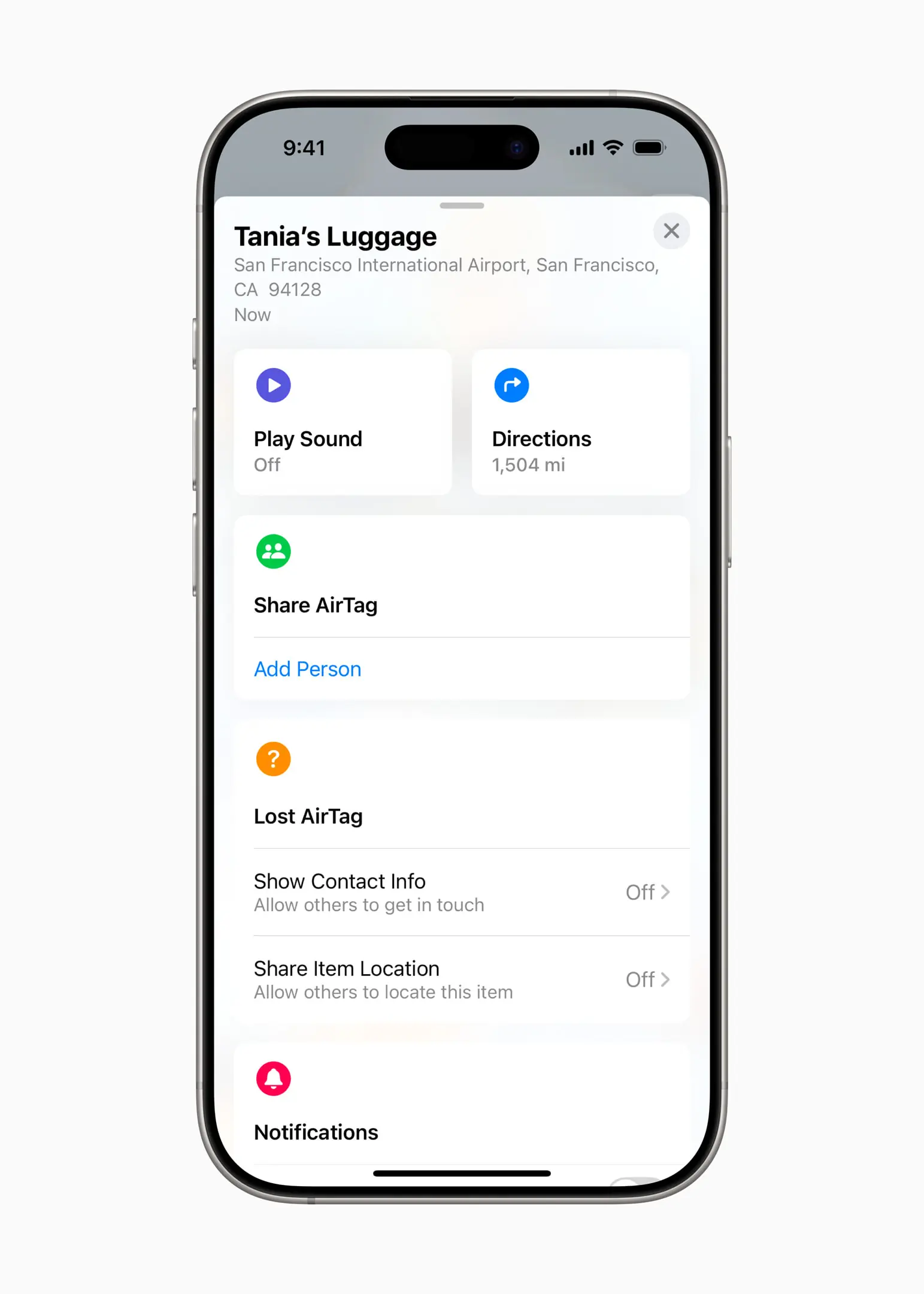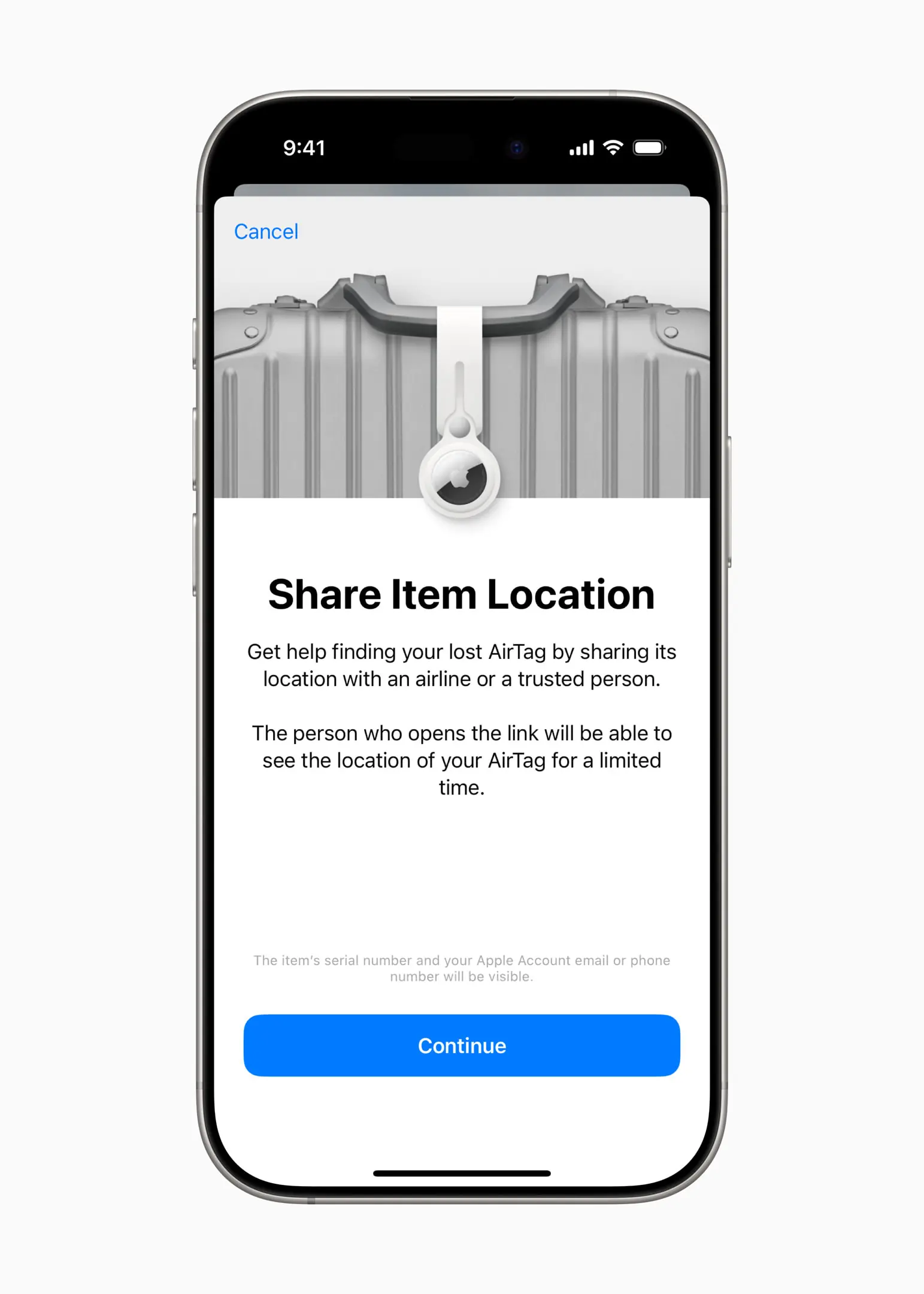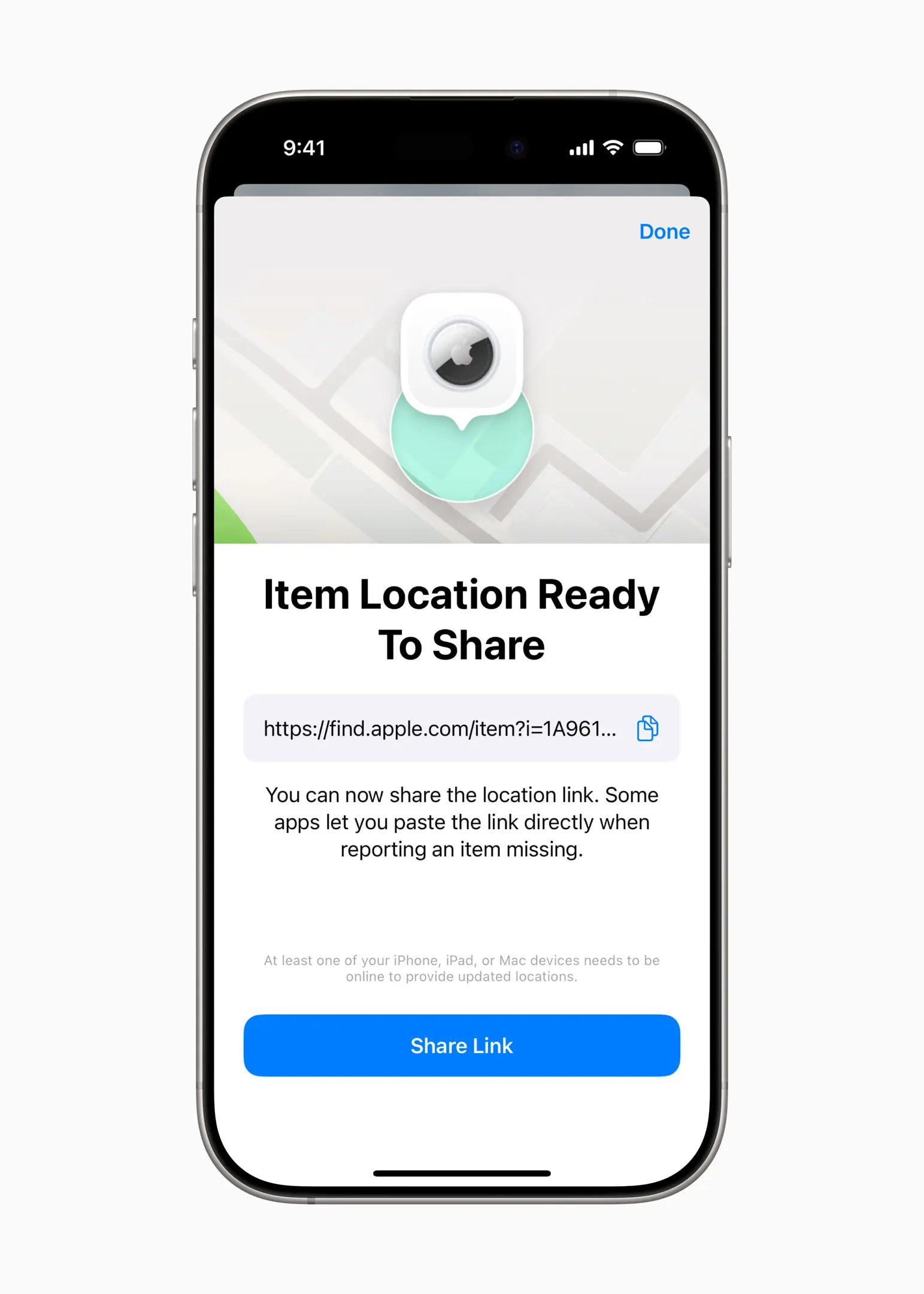Apple has announced a groundbreaking update to its Find My network, enabling users to share the location of lost items not just with Apple devices but also with approved third-party networks. This move extends the power of Apple’s secure, crowdsourced location system and opens new doors for recovery, collaboration, and innovation.
In this detailed article, we’ll explore how this new feature works, what it means for Apple users, the technical safeguards Apple has implemented, and why this update represents a major leap forward in the evolving world of smart tracking and connected devices.
Understanding the Find My Network
For those unfamiliar, the Find My network is Apple’s massive, global system that uses millions of iPhones, iPads, Macs, and other Apple devices to help locate lost items. Whether you misplace your AirTag, your AirPods, or even your MacBook, the Find My app can show you the last known location — often thanks to anonymous signals passed between nearby Apple devices.
With this update, detailed in Apple’s official announcement, Apple is extending this system to approved third-party tracking services and devices, giving users more ways to locate their belongings and improving the recovery rate for lost items.

How the New Third-Party Sharing Works
Under the new system, if you mark an item as lost, Find My can now share its location — securely and anonymously — not only within Apple’s own ecosystem but also across third-party networks that meet Apple’s rigorous privacy and security standards.
For example, if a lost backpack or bike equipped with a compatible third-party tracker is detected by someone’s non-Apple device, the Find My app on your iPhone can still receive an update about its location. This expands the recovery range well beyond Apple’s own installed user base and taps into a broader connected world.
Why This Matters: Bigger, Smarter, More Effective
The expansion dramatically increases the effectiveness of the Find My network by leveraging more detection points worldwide. Whether it’s Bluetooth trackers, smart luggage, or vehicle recovery systems, approved third-party devices will now contribute to a much larger collective of location data, improving odds of finding lost property.
This also signals Apple’s recognition that the connected world extends beyond its walled garden. By opening the gates to approved third parties, Apple invites innovation while still controlling the security and privacy architecture — ensuring the same user protections Apple customers expect.
Privacy and Security at the Forefront
Apple emphasizes that even with third-party participation, user privacy remains the core pillar. Location updates are encrypted, anonymous, and designed so that neither Apple nor third-party providers know who or where the reporting devices are. Only the owner of the lost item can see its location.
Apple has published a strict set of criteria that third-party services must meet to integrate with Find My, including encryption standards, minimal data collection, and strong user consent models. This helps prevent misuse, stalking concerns, and unauthorized access — critical concerns in the era of location-based technology.
Real-World Use Cases
Imagine losing your suitcase while traveling abroad. With compatible third-party tracking integrated into airport infrastructure or travel networks, you could potentially recover your bag faster, even if it’s detected by non-Apple devices.
Or consider community-based bike recovery programs, where shared bike detection networks could update your Find My app about the location of your stolen or misplaced bicycle, even when outside the reach of Apple’s native network.
This update isn’t just about convenience — it’s about building a stronger, smarter, more collaborative digital world.



Strategic Impact for Apple and Its Ecosystem
Apple’s expansion of Find My reflects its broader strategy: create systems that are uniquely Apple but open just enough to maximize utility. By allowing third-party access under strict guidelines, Apple can grow the influence of its ecosystem without compromising its core principles.
It’s also a competitive move. As rivals like Tile, Samsung’s SmartThings, and Google’s Find My Device network push their own tracking ecosystems, Apple’s updated Find My ensures it stays a step ahead by combining hardware integration, software excellence, and privacy leadership.
Looking Ahead: The Future of Connected Tracking
This is likely just the beginning. As third-party partnerships grow, we could see Find My integrations in cars, smart homes, public transit systems, and more. Apple’s vision points toward a future where the Find My network becomes a universal location fabric — seamlessly blending Apple and non-Apple devices into a cohesive recovery system.
For users, this means better coverage, faster recovery, and more peace of mind. For developers and partners, it’s an invitation to innovate under Apple’s trusted umbrella.
Final Thoughts: A Quiet but Powerful Evolution
While the update might sound like a small tweak on the surface, the ripple effects are huge. Apple’s willingness to extend Find My to third parties marks a thoughtful evolution in its strategy — one that balances expansion with security, and openness with control.
It’s a reminder that even in the hyper-competitive world of consumer tech, collaboration can amplify innovation, and that when done right, ecosystems don’t just serve a brand — they serve the people who rely on them every day.




